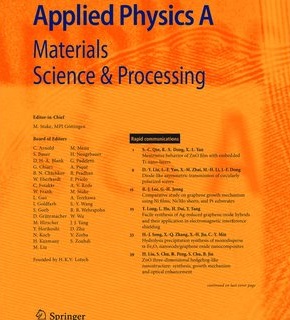The paint layer from the surface of 2024-T3 aluminum alloy aircraft skin was stripped down to three stages through adjusting the laser energy density of infrared nanosecond pulse laser: oxidation layer (OXL), exposed aluminum substrate (EAS) and melted layer of aluminum alloy (MLA). Subsequently, the microstructure of the aluminum alloy aircraft skin substrate after paint removal was analyzed through a series of examinations. Then, the influence of laser paint removal on the tribological properties of the substrate material was investigated by performing reciprocating wear tests. Finally, the interaction between the microstructure of the substrate and its wear performance was explored. The results show that with a reasonable laser energy density, laser paint removal does not significantly alter the near-surface microstructure and mechanical properties of the substrate. However, excessive laser energy density can cause grain refinement on the surface layer of the aluminum alloy skin, increase surface hardness, and reduce the wear rate. The information could provide a guide in practical application of laser cleaning in aircraft skin paint removal.



